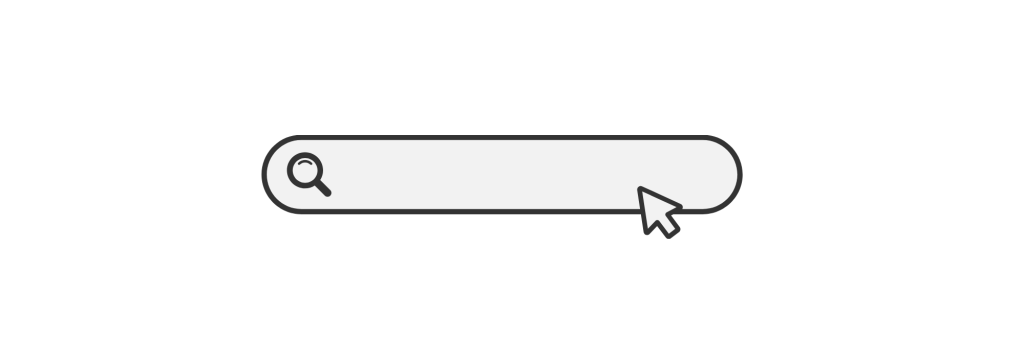Increased Effectiveness In A Healthcare Organization
Prepare a 5-page Progress Report in APA format on the topic of “Increased Effectiveness In A Healthcare Organization Through Emotional Intelligence.” Incorporate theories, models, and conceptual framework that apply to Industrial and Organizational Psychology into the text and add references to support. Minimum a 5-page paper (excluding cover sheet and references, figures, sections with bullets, and tables unless the tables are specified in the instructions), double spaced, no extra spaces, and 1-inch margins, that answers the questions using past readings and references.
All assertions and key discussion points are properly cited using APA format. In other words, any sentence or paragraph that contains material derived or synthesized from the background reading or other sources will be cited. References should consist of at least five credible resources. All references are cited at least once.
The first task is to review the Theories and Models you have chosen to use and review your Research Questions as well as the overall Research Problem. Revise these elements of this main section as necessary. Make sure that your theories and models are a good fit for finding answers to your research questions. Also consider the business knowledge domain in which the research problem is situated. Does the problem pertain to marketing, operations, logistics, IT, HR, management, leadership, decision making, or other domain of knowledge? Do your theories and models relate to this domain? Will the theories and models provide a basis for developing your research instruments (questionnaires, interviews, etc.) to collect data that will provide answers to the research questions with good analysis?
Review and update your conceptual framework, which is an expansion of the concepts that follow from the theories and models, the research problem, and the research questions. What do we mean by conceptual framework, and more importantly, what do we mean by “concept”? Generally, the term concept refers to an idea about a specific thing which can be either concrete (tangible) or intangible. This thing has a definition which provides the characteristics that make it the thing. Ball is a tangible concept. Balls exist physically. And we can define what a ball is, that is, a (usually) spherical object used for play and in sports and in some industrial applications. Note there are many kinds of balls and each of these kinds has a more specific definition, such as baseball, football, tennis ball, ball bearings, etc. Leadership is an intangible concept. It is not a thing that can be held or touched. We can observe behavior of people and conclude whether the behavior demonstrates leadership or not. Note there are different kinds of leadership (e.g., transformative, translational, military, permissive, etc.).
In the context of research, how are concepts determined, and how are they used to create a conceptual framework? These concepts are connected to the theories and models, as well as the research questions. What are the ideas (concepts) that are relevant to the research problem and questions and theories? One way is to start with the theories and determine the key or major ideas, concepts, variables, and terms of the theory or model. Look at the research questions and consider some possible answers. Of course, you will find answers from the data you collect and analyze. However, by projecting some possible answers, you can find additional concepts or ideas that are relevant to the research. There are several ways to create the framework, but the simplest and most practical is a list or taxonomy of the concepts. These concepts can become section or subsection headings.
Once you have identified some key concepts, you can use these as search terms to find literature—that is, research papers, articles, websites, books, etc.—that discuss previous research, findings, key results, definitions, and other information. As you review these works of literature, look for related concepts. Add these additional concepts to your taxonomy and continue to search.
Searching for literature can be a tedious process. With the availability of most of the literature via electronic means (using the internet) and most materials available for downloading, you will find many possible items, many of which may not be useful. You can narrow down the search by using more specific search terms. You can scan the results by reviewing the abstract. When you find an article in the library, it is possible to flag that item to save it. When you are done with a session, you can have those flagged items sent to you in an email with the reference information included.
However, you should take some time to review those items in more detail to determine if they are relevant and note how they are relevant to your own research. If the literature item is a research paper, note the kind of research, and what the hypotheses or research questions were. How was the data collected and analyzed and what were the key findings?
When you find literature that is relevant and pertains to one of the concepts of your study, add it as a subheading to the Synthesis of Literature section, using APA format along with a notation about how each item is relevant to your review.
In the Progress Report section of the Literature Review Outline – Theories, Models, and Conceptual Framework, write a paragraph that discusses your search efforts, problems, and successes, and indicate what you think still needs to be done for this section. Include a paragraph that provides an introductory review of one of the literature items from this main section.
Progress Report
Theories, Models, and Conceptual Framework progress
[paragraph discussing progress]
[introduction paragraph of one article]
When you have found sufficient literature and updated the Literature Review Outline document, including the Progress section
Requirements: 5 pages | .doc file
answer preview to Increased Effectiveness In A Healthcare Organization

APA
1500 WORDS


